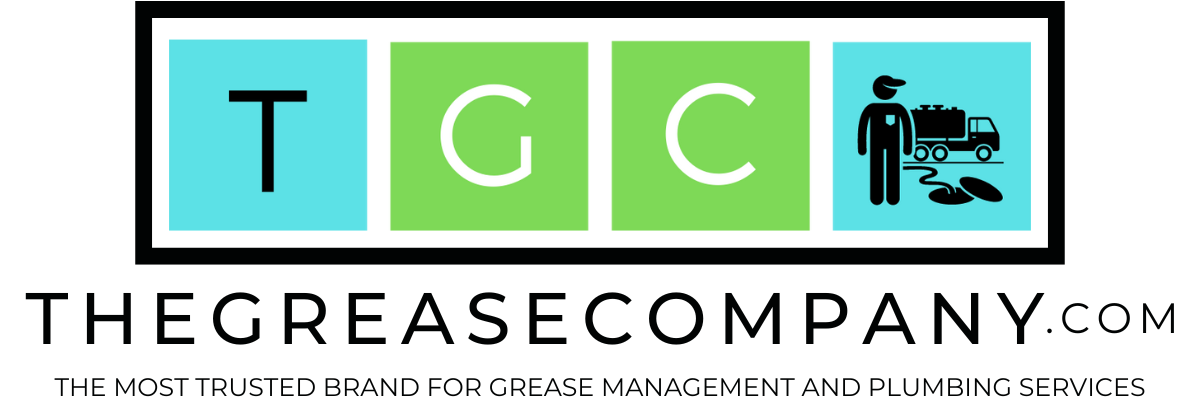Food safety, sanitation, and hygiene are critical to running a successful commercial establishment, especially in the food service industry. One vital component of maintaining these standards is properly managing restaurant plumbing instruments. A grease trap is one of the most critical plumbing instruments a restaurant has, which serves the establishment silently from under the kitchen sink and saves the business from expensive plumbing issues and citations for food code violations. Let us delve into the importance of grease trap cleaning, pumping, and maintenance, providing valuable insights for restaurant owners and managers.

Understanding Grease Traps: How They Work?
Grease traps, also known as grease interceptors or grease recovery devices, are plumbing instruments designed to capture and separate fats, oils, and grease (FOG) from wastewater generated in commercial kitchens. They are crucial in preventing FOG from entering the main sewer lines and causing plumbing issues. Grease traps typically consist of an inlet pipe, a retention chamber, and an outlet pipe. As wastewater flows through the trap, the FOG separates and collects in the retention chamber, allowing cleaner water to exit.
The Significance of Grease Trap Cleaning and Pumping
Regular cleaning and pumping of grease traps are essential for maintaining their effectiveness and preventing potential problems. Over time, the accumulation of FOG can lead to clogs, unpleasant odors, and even the risk of backflow. Neglecting grease trap maintenance can result in costly repairs, disrupted operations, and violation of health codes. The frequency of cleaning and pumping depends on local regulations and the volume of FOG produced in the kitchen.
Best to Hire Professional Services for Grease Trap Maintenance
The best option for managing grease traps is hiring professional services specializing in cleaning and maintenance. These experts have the knowledge, experience, and equipment to handle the task efficiently. By outsourcing these services, restaurant owners and managers can focus on their core operations while ensuring the proper functioning of their grease traps. When selecting a service provider, it is crucial to consider their reputation, qualifications, and adherence to local regulations.
DIY Grease Trap Maintenance
DIY grease trap maintenance can be an alternative for establishments with smaller grease traps or limited budgets. It involves regular cleaning and maintenance tasks performed by the kitchen staff. Following specific steps and precautions is essential to ensure safety and effectiveness. These steps include removing and scraping off solidified grease, disposing of it properly, and cleaning the trap with hot water and mild detergents. However, it is essential to note that DIY maintenance may be suitable for something other than more extensive or more complex grease traps.
Preventive Maintainance Tips for Grease Traps
In addition to regular cleaning and pumping, preventive measures are crucial for maintaining grease traps. Proper training and education of kitchen staff regarding the disposal of FOG can significantly reduce the grease entering the trap. Staff should be instructed to collect FOG in designated containers and dispose of them in appropriate waste bins or recycling programs. Implementing regular maintenance routines, such as visual inspections and monitoring of the trap’s performance, can also help identify issues early on and prevent significant problems.
Grease Trap Cleaning Regulations
Complying with local regulations regarding grease trap management is vital for any commercial establishment. Health departments and environmental agencies often have specific guidelines to ensure the proper functioning and maintenance of grease traps. Non-compliance can result in penalties, fines, or even closure of the establishment. Therefore, staying updated with the local regulations and implementing necessary measures to meet the required standards is essential.
Additional Tips for Restaurant Plumbing Instrument Management
While grease traps are significant in maintaining food safety and sanitation, other restaurant plumbing instruments should be noticed. Sinks, drains, and other plumbing fixtures should be regularly inspected and maintained. Leaks, clogs, or any signs of deterioration should be addressed promptly to prevent potential hazards and maintain optimal functionality. Training the staff on essential plumbing instrument maintenance, such as proper use and care of sinks and drains, can also contribute to the overall health and hygiene of the establishment.
Managing restaurant plumbing instruments, particularly grease traps, is crucial for ensuring food safety, sanitation, and hygiene in commercial establishments. Regular cleaning, pumping, and maintenance of grease traps are essential to prevent plumbing issues and comply with health regulations. Whether through professional services or DIY methods, it is vital to prioritize properly functioning grease traps to avoid costly repairs and maintain uninterrupted operations. By implementing preventive measures and staying compliant with local regulations, restaurant owners and managers can create a safe and hygienic environment for their customers and staff. Remember, a well-maintained plum.
